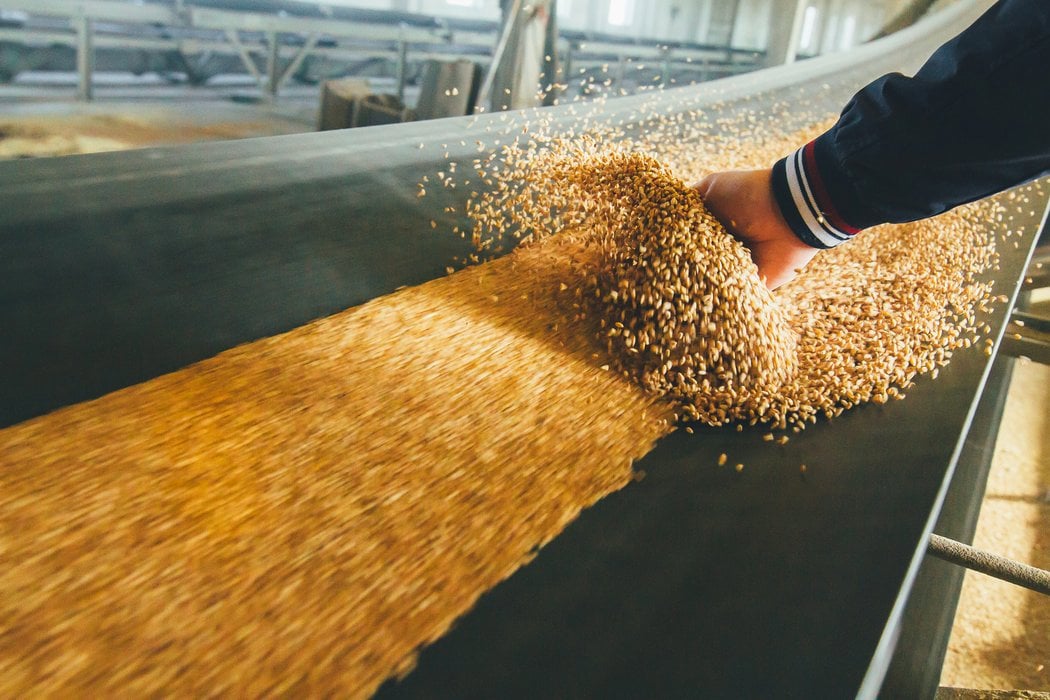Moisture management
Several steps in the feed production process influence moisture content. This may lead to process loss and operational inefficiencies such as decreased pellet durability and reduced throughput (also referred to as shrinkage or loss of bulk).
A common solution is adding water to compensate for losses experienced during production. However, this increases water activity (aW), resulting in higher availability of moisture for harmful microbes to grow.
The challenge is to find a solution to improve moisture levels without increasing chances of microbial growth. Ensuring a deep penetration of moisture inside the feed particle requires surface tension reduction, while simultaneously adding solutions to prevent the growth of harmful microbes, important for a longer shelf-life and nutritional quality.



